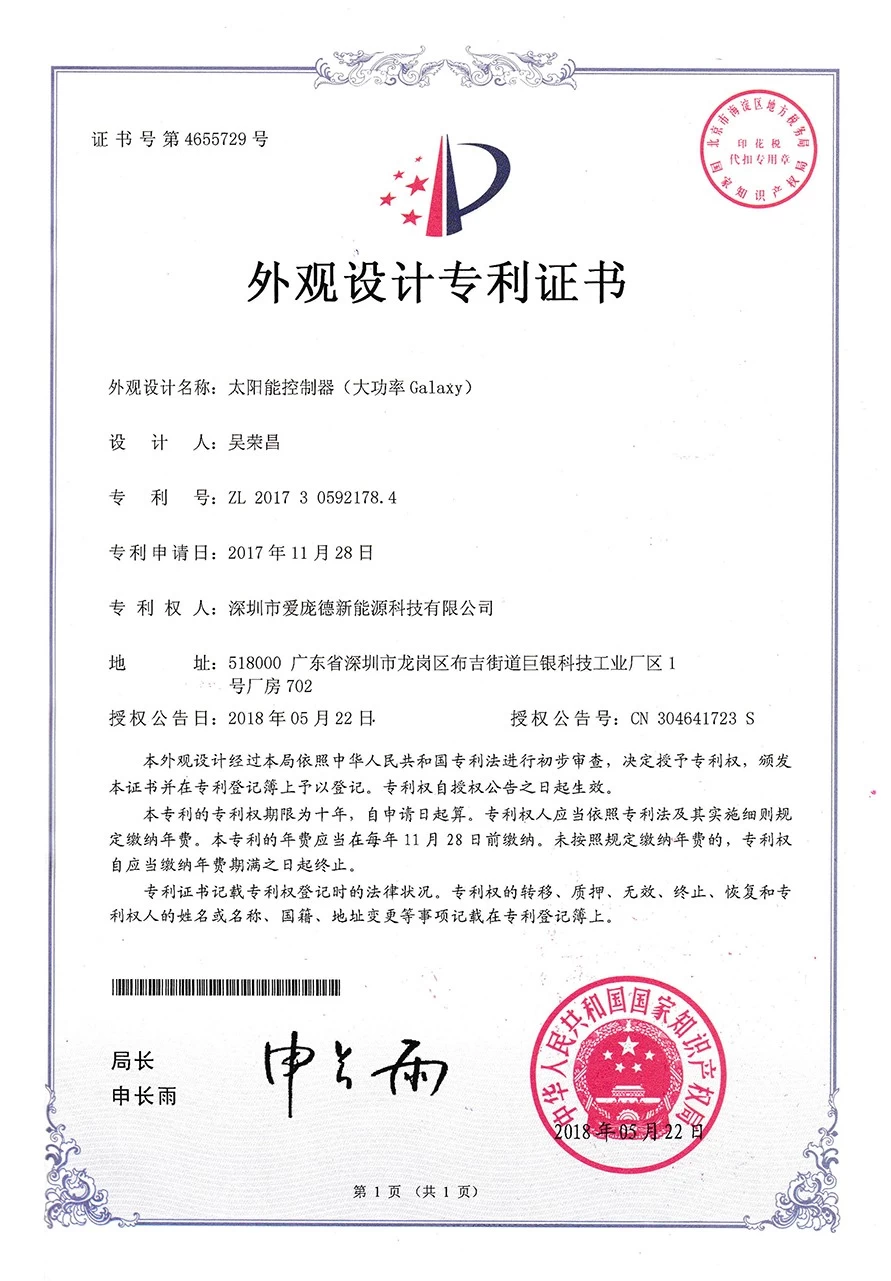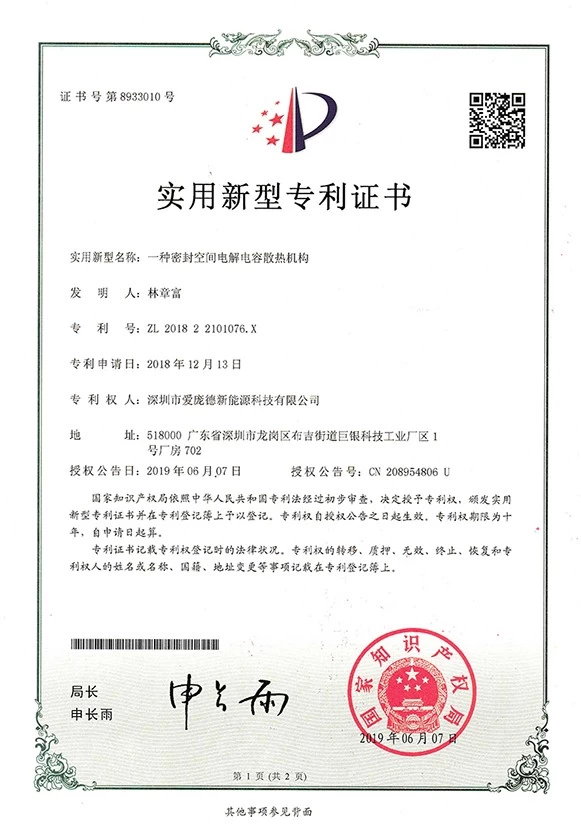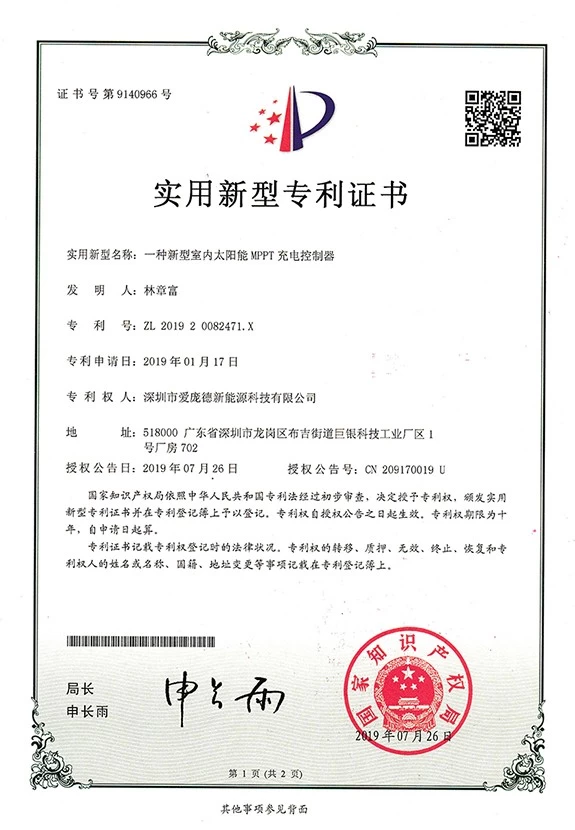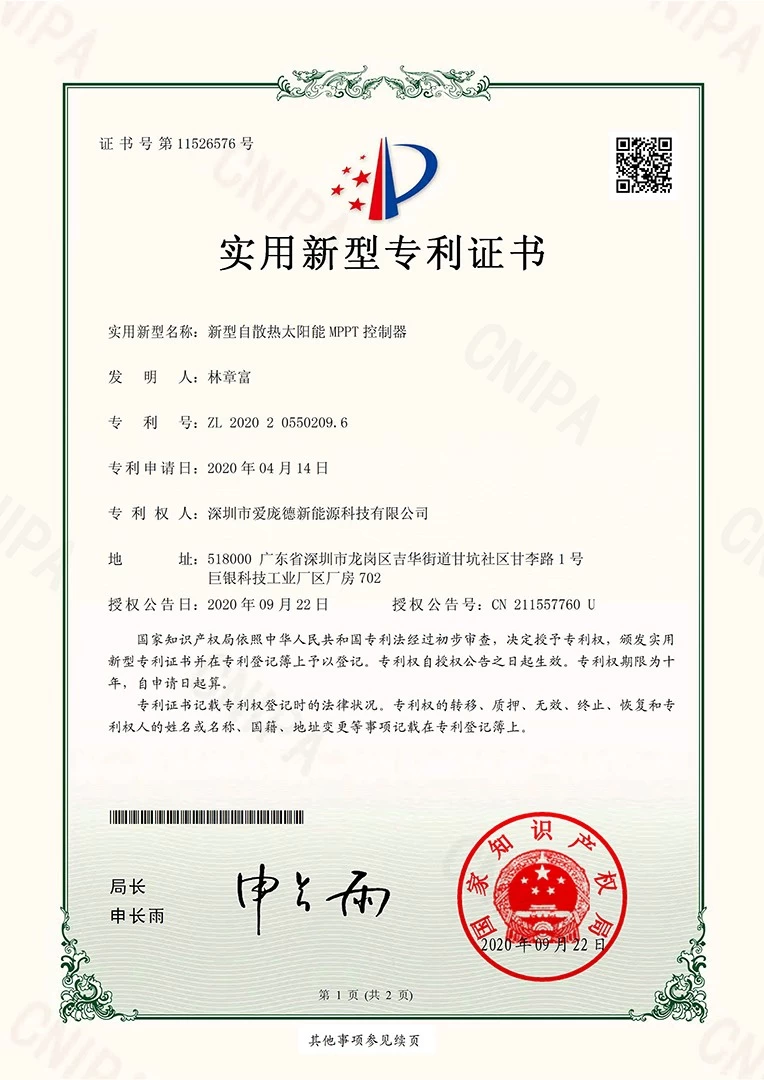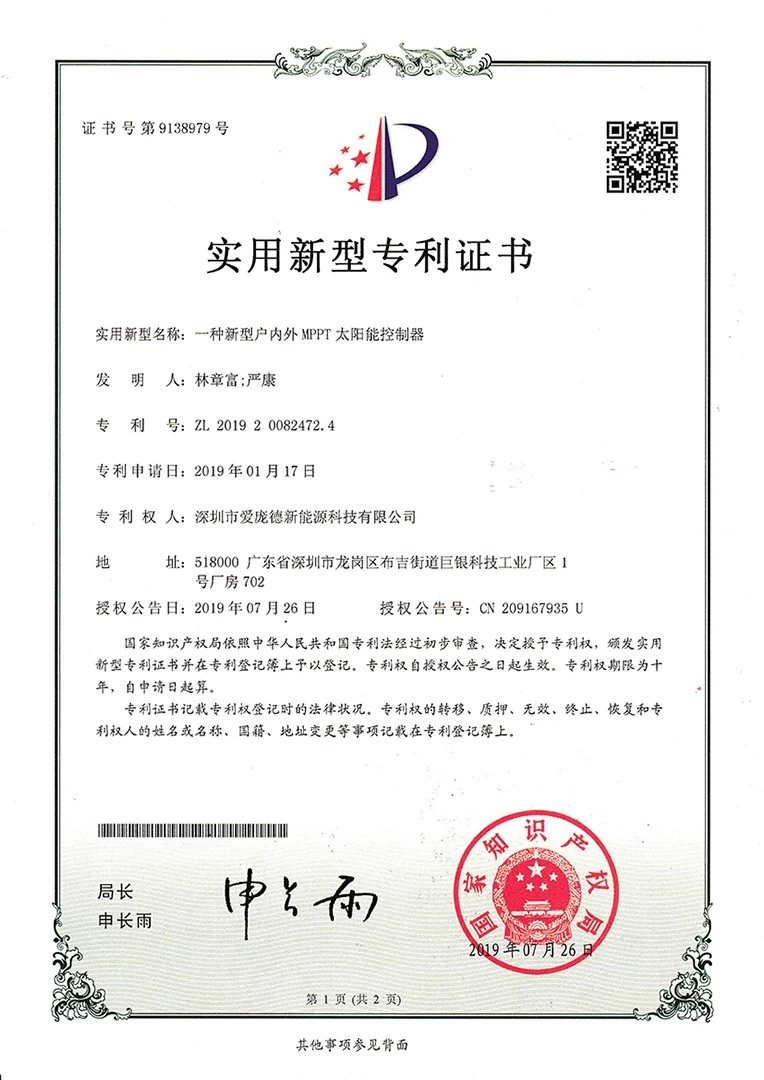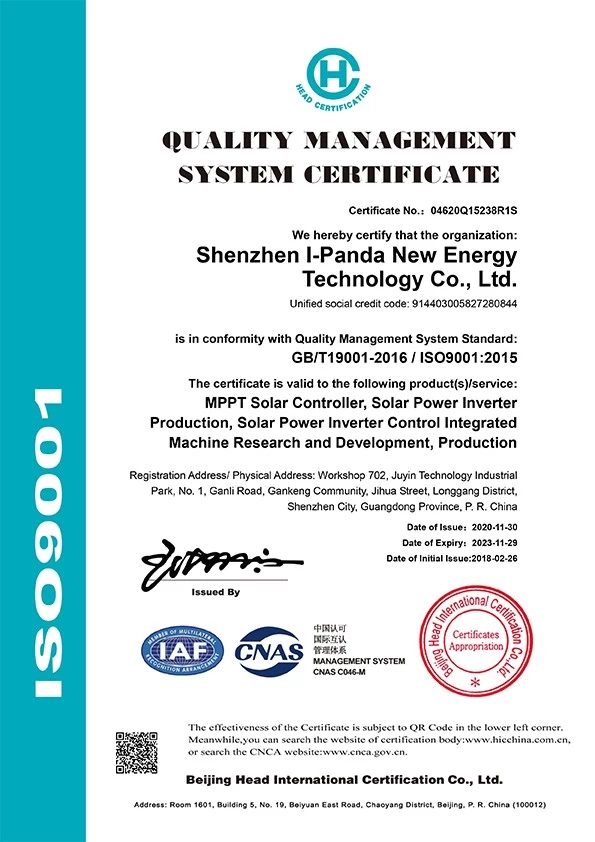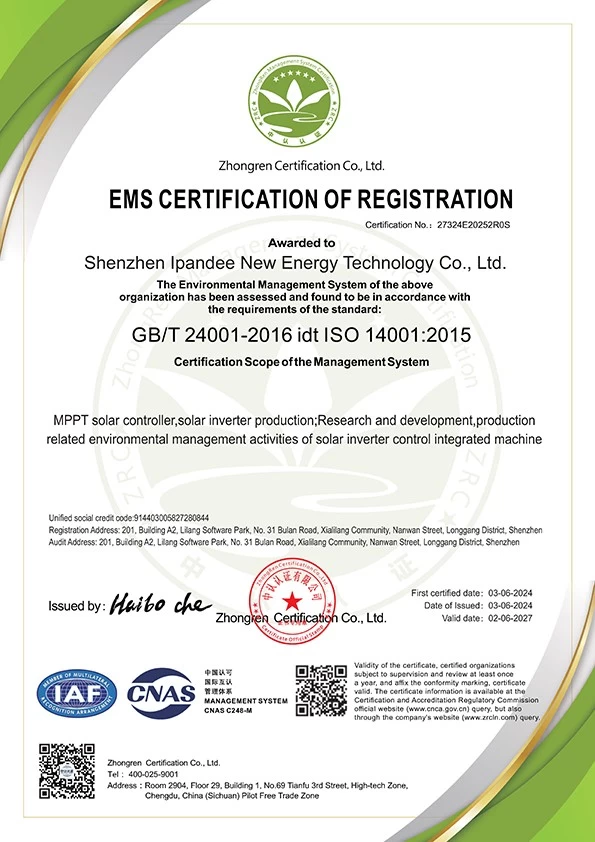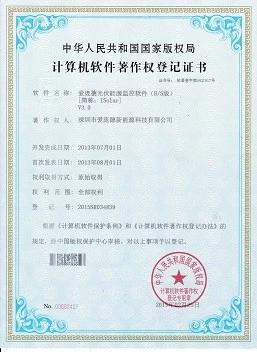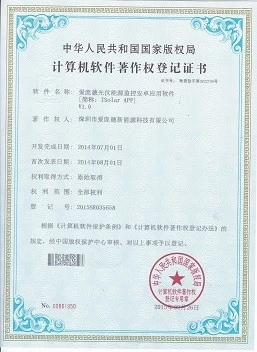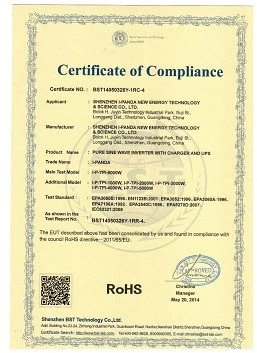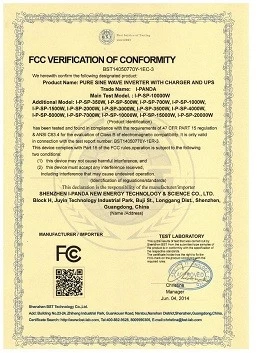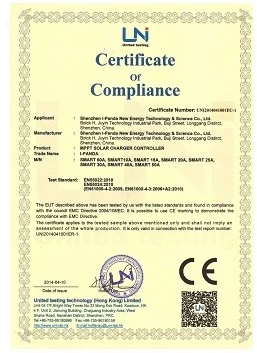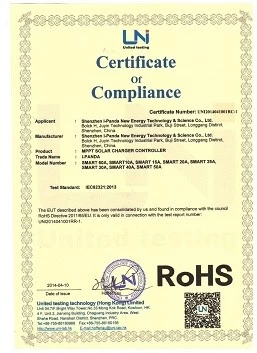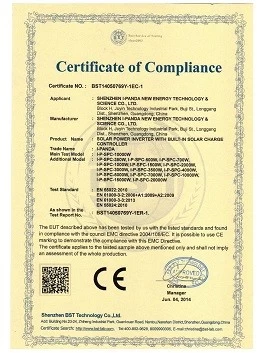The technical principle of solar energy
The energy associated with nuclear reactions is nuclear energy. When the structure of the nucleus changes, it can release a lot of energy, called nuclear energy, referred to as nuclear energy, commonly known as atomic energy. It comes from nuclear fission energy resources during the fission reaction of uranium and thorium stored in the earth's crust, and nuclear fusion energy resources during the fusion reaction of strontium, barium and lithium stored in the ocean. These substances release energy when the nuclear reaction occurs. The biggest use of nuclear energy now is power generation. In addition, it can also be used as other types of power sources, heat sources, and the like.
Solar energy is the energy that occurs during the ongoing nuclear fusion reaction within the Sun. The average solar radiation intensity in Earth's orbit is 1,369 w/m2. The Earth's equator has a circumference of 40,076 kilometers, which makes it possible to calculate that the Earth can reach 173,000 TW. The standard peak intensity at sea level is 1kw/m2, and the annual uniform radiation intensity at a point on the earth's surface for 24h is 0.20kw/m2, which is equivalent to 102,000TW of energy.
Although the sun's radiation to the Earth's atmosphere is only one-twentieth of its total radiant energy, it is as high as 173,000 TW, which means that the sun's energy per second is equivalent to 5 million tons of coal per second. The energy that hits the Earth is 1.465 × 10 ^ 14 joules. The wind energy, water energy, ocean temperature difference energy, wave energy and biomass energy on the earth are all from the sun; even fossil fuels on the earth (such as coal, oil, natural gas, etc.) are fundamentally stored since ancient times. Solar energy, so the broad range of solar energy is very large, and the narrowly defined solar energy is limited to the direct conversion of solar radiant energy to photothermal, optoelectronic and photochemical. "





